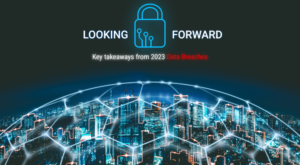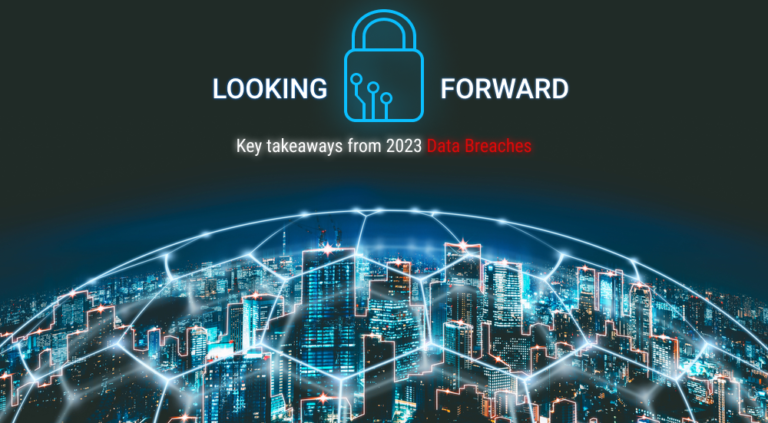Mitigating Supply Chain Risks with Continuous Evaluation
In the current globalized business environment, supply chains extend beyond simple transactions of goods and services. They involve a network of individuals and entities, including temporary workers, contractors, and third-party personnel. While these relationships enable business growth and operational efficiency, they also expose organizations to increased risk. The key to mitigating this risk is to include the extended supply-chain personnel in your insider threat program that includes Continuous Evaluation (CE).
Traditional security measures often overlook the supply chain’s human aspect. HR departments typically handle employee screening, focusing mainly on the workforce who are on their payroll. This leaves a vast array of third-party personnel, often transient and removed from the organization’s direct control, unscreened. The result? A significant blind spot in your organization’s security landscape.
Today, our supply chains are no longer simple transactional pathways but instead are intricate networks connecting numerous stakeholders, each bringing their own unique set of potential threats with them. Consider the temporary personnel or the third-party contractor, whose transitory nature often sees them bypass traditional screening processes. Or ponder on the seemingly innocuous software supplier who, unbeknownst to you, has suffered a data breach and now inadvertently exposes your network to nefarious activities.
A contractor working on product development may gain access to design blueprints, manufacturing processes, or even strategic business plans. If this contractor’s security measures are compromised, the organization’s intellectual property can fall into the wrong hands. This could lead to a significant competitive disadvantage, or even more dire consequences, such as the replication of proprietary products by competitors. Thus, protecting intellectual property within the supply chain is of utmost importance and requires continuous, proactive measures to identify potential threats and respond promptly.
Data breaches are another example that can have far-reaching implications, affecting not just the compromised entity, but also its partners and customers. Similarly, a temporary contractor’s compromised security can serve as a springboard for malicious activities, with the potential to impact the organization, the brand, and the customer. Each of these stakeholders forms a link in your supply chain, and just as a chain is only as strong as its weakest link, your supply chain security is only as robust as its most vulnerable participant.
Given these risks, the need for comprehensive, organization-wide screening and risk mitigation is more pressing than ever. Such measures must not be limited to the organization’s internal workforce but must extend to encompass the entirety of its supply chain, covering all stakeholders irrespective of their tenure or nature of engagement. This expanded scope of screening is the only way to ensure that potential threats are identified and addressed promptly, thereby safeguarding the organization’s security integrity.
It’s clear that traditional security measures no longer suffice in this interconnected landscape. Incorporating extended supply chain personnel into your insider threat program can provide a formidable defense against threats and potential breaches. Leveraging Continuous Evaluation as part of your security protocol can dramatically enhance your organization’s ability to detect and mitigate threats in real time. we invite you to learn more about Continuous Evaluation and how it can fortify your supply chain. Get in touch with us today to discover more, or click here to schedule a demo.













